In today’s gaming landscape, remakes are everywhere
From Resident Evil 2 to Final Fantasy VII, publishers are revisiting their back catalogs, offering sharper visuals, updated gameplay, and nostalgia aimed squarely at longtime fans. These announcements often spark excitement, but they also raise an important question: are remakes truly delivering what players expect, or are they falling short of their potential?
What Should a Remake Be?
At their core, remakes give games a chance to overcome the hardware, time, or budget limitations of their original development. A title like Parasite Eve 2, rushed and constrained in its era, could benefit immensely from a modern remake that finally fulfills its ambitions.
The best remakes do more than polish old content. They elevate it, keeping the spirit of the original while embracing what’s possible today.
Unfortunately, many modern remakes feel opportunistic. Stripped content, buggy execution, and edits for so-called “modern sensibilities” often dilute what made the originals memorable. A proper remake should reconstruct and enhance the original, not hollow out its heart.
Defining the Terms: Remake, Reimagining, and Remaster
It helps to clarify terms that are often used interchangeably but mean very different things:
- Remake: A game rebuilt from the ground up, honoring the original’s legacy while updating visuals and gameplay.
- Reimagining: A new take that uses the original as inspiration but changes story, tone, or structure significantly.
- Remaster: An enhanced version of the original, often using the same core code but with improved graphics or performance.
This article focuses on remakes as true rebuilds, not reimaginings or remasters.
Resident Evil (2002): The Gold Standard
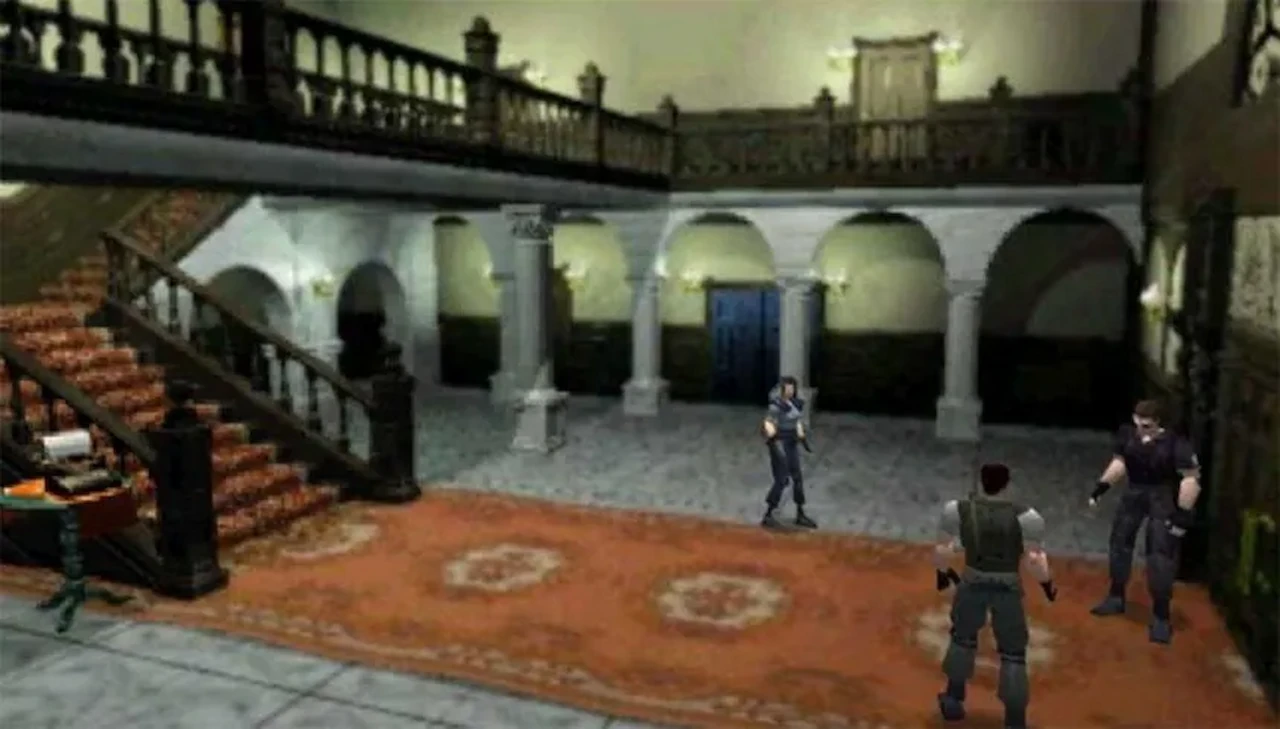
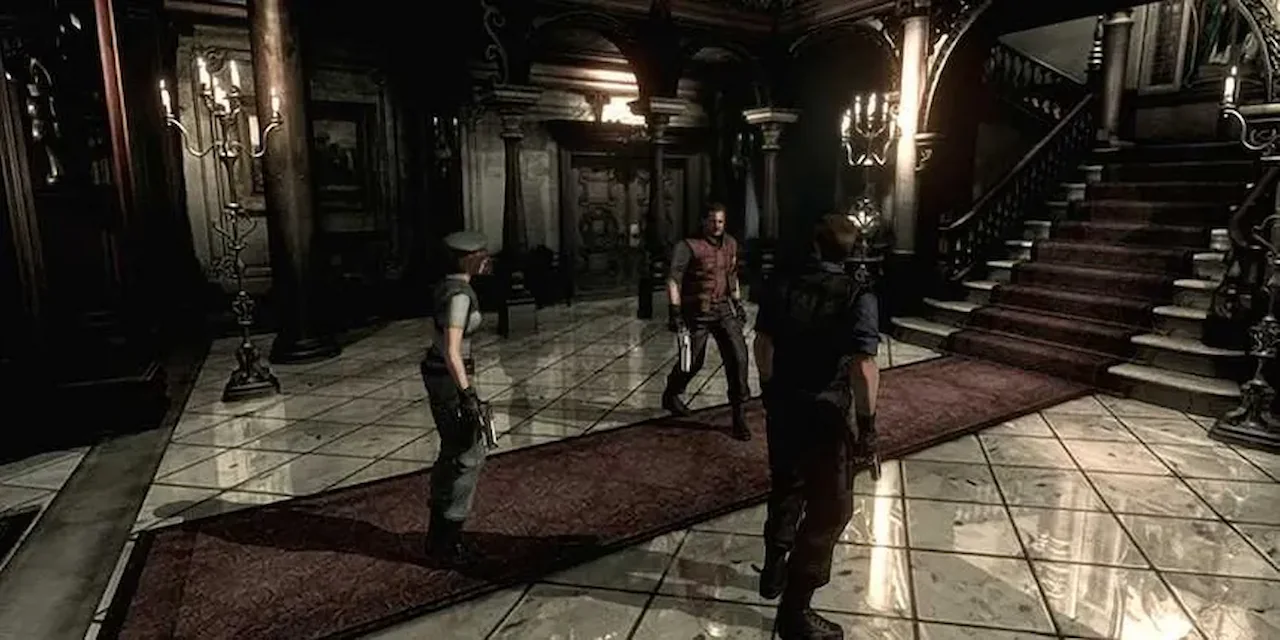
Resident Evil 2002 proves that rebirth can still feel familiar.
Capcom’s Resident Evil (2002) for GameCube shows how a remake can be done right. Compared to the 1996 original, it feels familiar yet refreshed. The iconic B-movie dialogue is refined but still charming. Gameplay is tighter, controls smoother, and enemy AI smarter.
Content cut from the original, including expanded lore and areas, was seamlessly reintegrated. The result feels like the definitive edition.
This remake proved a game could honor its past while standing on its own. While Resident Evil (2002) set the gold standard for faithful remakes, not all high-profile releases have managed to adhere to that ideal. This brings us to the importance of defining our terms and examining other recent examples, like Final Fantasy VII Remake.
Remakes vs. Reimaginings: The Fine Line
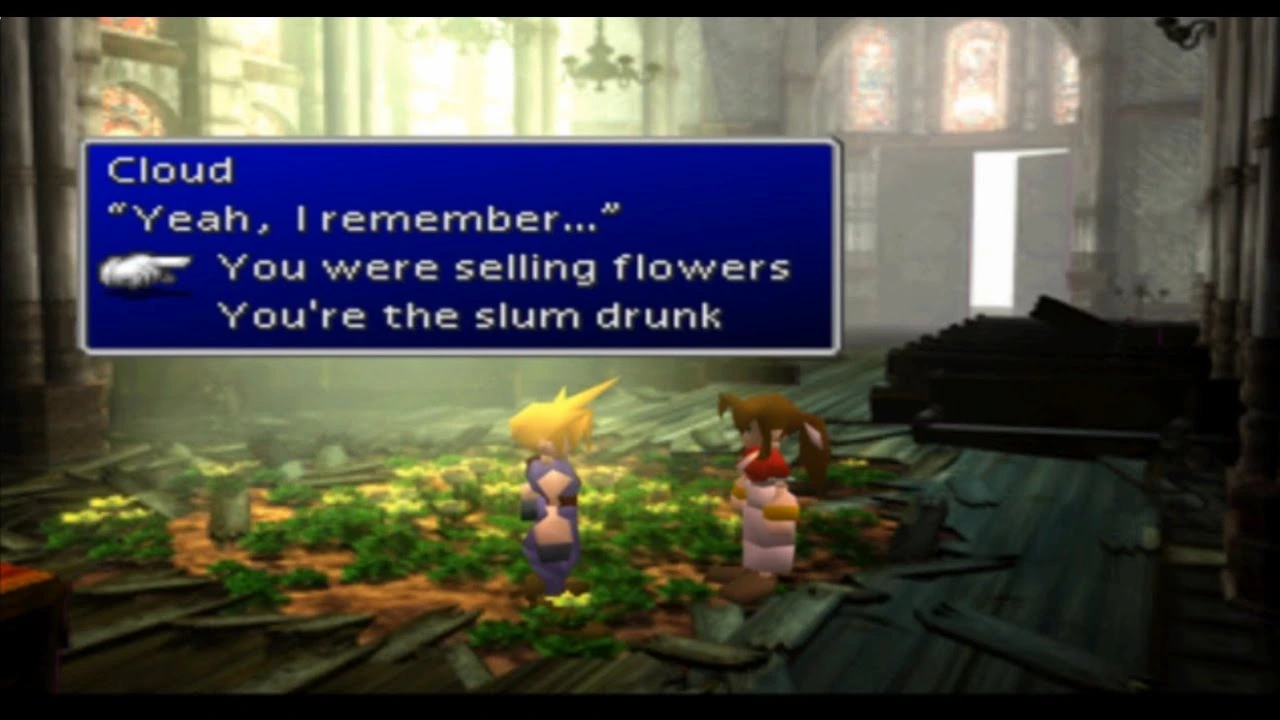
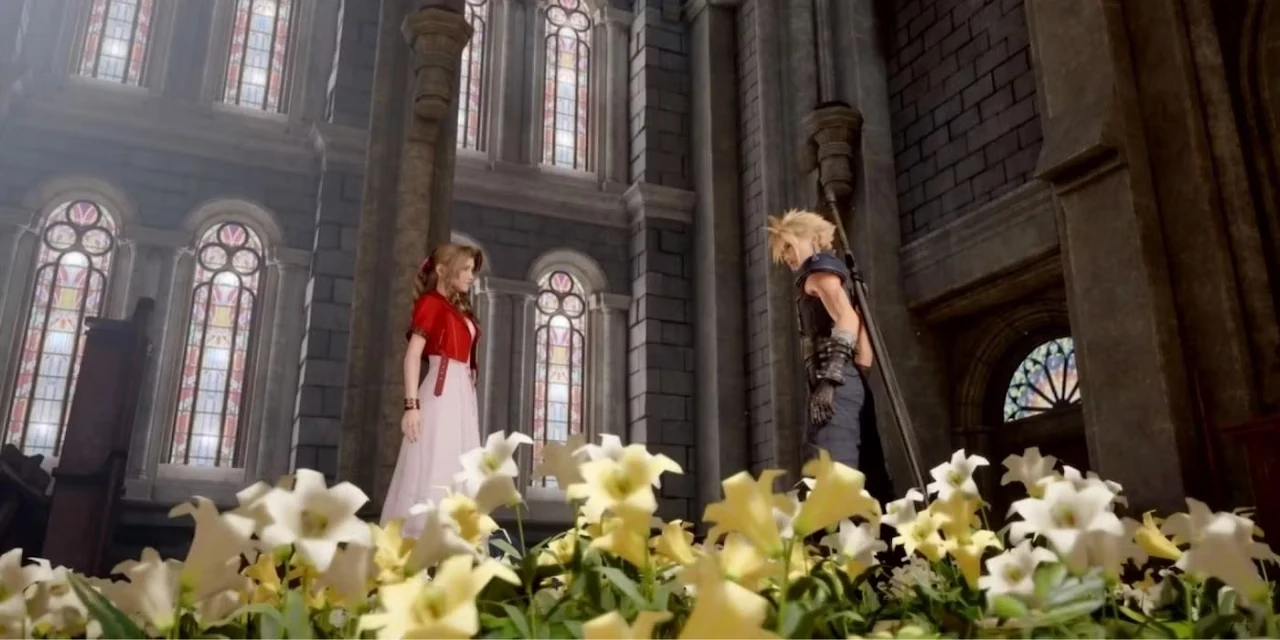
Cloud and Aerith’s iconic church moment reimagined in the remake.
Not all remakes meet that standard. Final Fantasy VII Remake is better described as a reimagining. It uses the original’s foundation but reshapes story, tone, and structure, creating something new. It’s like comparing Disturbia to Hitchcock’s Rear Window: same core idea, vastly different execution.
Some players welcome FFVII Remake’s expanded character arcs and modern storytelling. Others feel it strays too far from the original’s focused story. Mislabeling it as a remake can create false expectations, which is why clear terms are important.
What Got Lost: The Resident Evil Reimagined Remakes
Later entries, Resident Evil 2 (2019) and Resident Evil 3 (2020), lean more toward reimagining and often lose what made the originals special.
RE2 improved visuals and gunplay but introduced issues like oversized enemy grab hitboxes, erratic bullet damage, and a simplified A/B campaign.
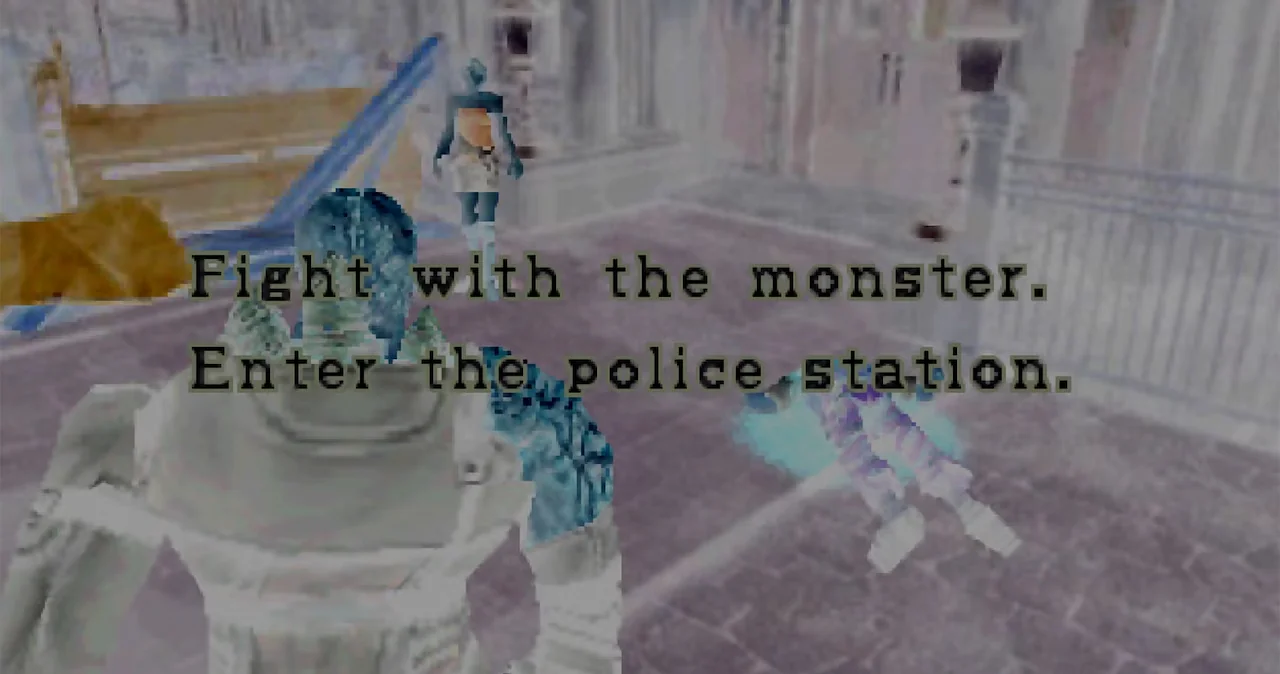
RE3’s live selection system made panic part of the design.
RE3 removes nearly all the player-choice-driven tension from the 1999 original. Key moments, such as Nemesis chasing you into the kitchen where you could blow up a gas tank or barricade the room, were cut. Iconic set pieces, like the clock tower section, disappeared. What remains is a streamlined action game that feels like a shadow of its predecessor.
Even when technically competent, these cuts risk erasing pieces of gaming history that may never be recovered. Resident Evil 4 (2023) strikes a better balance, staying closer to the original’s tone and lore while updating combat, though it still feels more like a polished tribute than a definitive vision. Shadow of the Colossus (2018), by contrast, updates visuals and controls while preserving the haunting minimalism of the original, showing what a thoughtful remake can achieve.
The Preservation Problem: When Modern Sensibilities Change History
Many original games are trapped on outdated hardware or disappearing digital storefronts. Remasters and remakes could preserve these classics, but edits made to fit “modern sensibilities” often distort them.
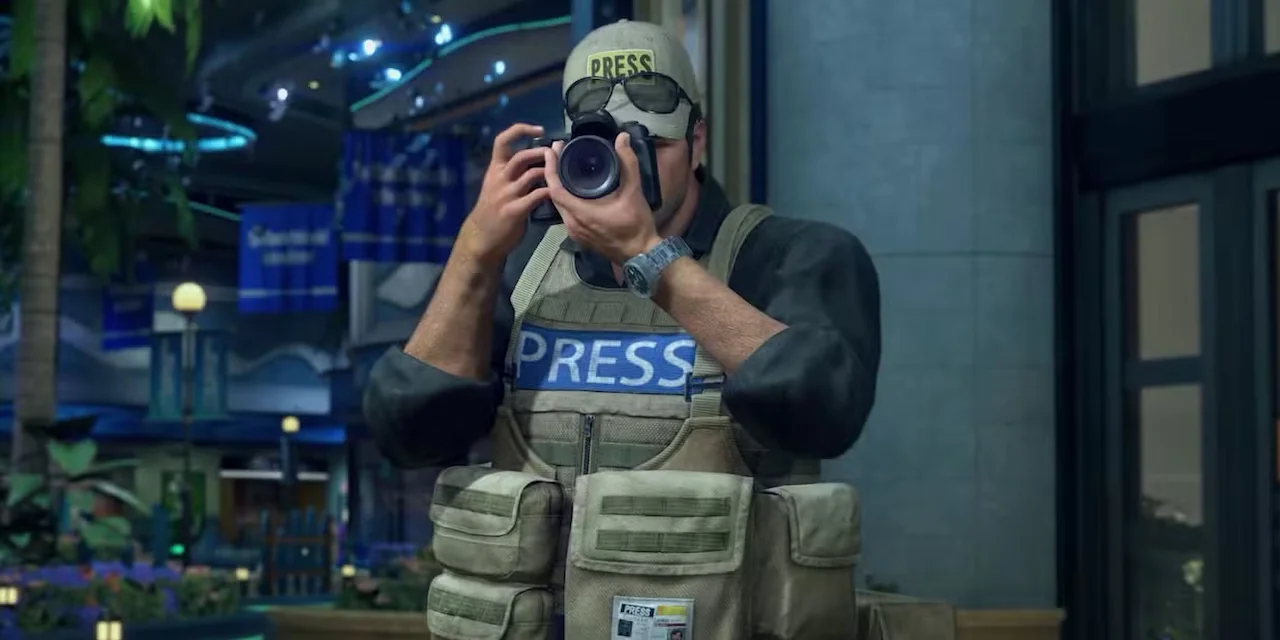
Frank West’s satire took a hit when the camera lost its edge.
- Dead Rising Deluxe Remaster (2024) toned down Frank West’s flirtatious quips and removed the “erotica” photo category—originally part of the game’s satirical commentary on sensationalist media.
Several dialogue exchanges, including those with Cliff, were rewritten, softening his portrayal as a veteran struggling with PTSD and anti-communist paranoia, while certain character designs and backgrounds were also altered, further distancing the remake from its darker, more cynical tone.
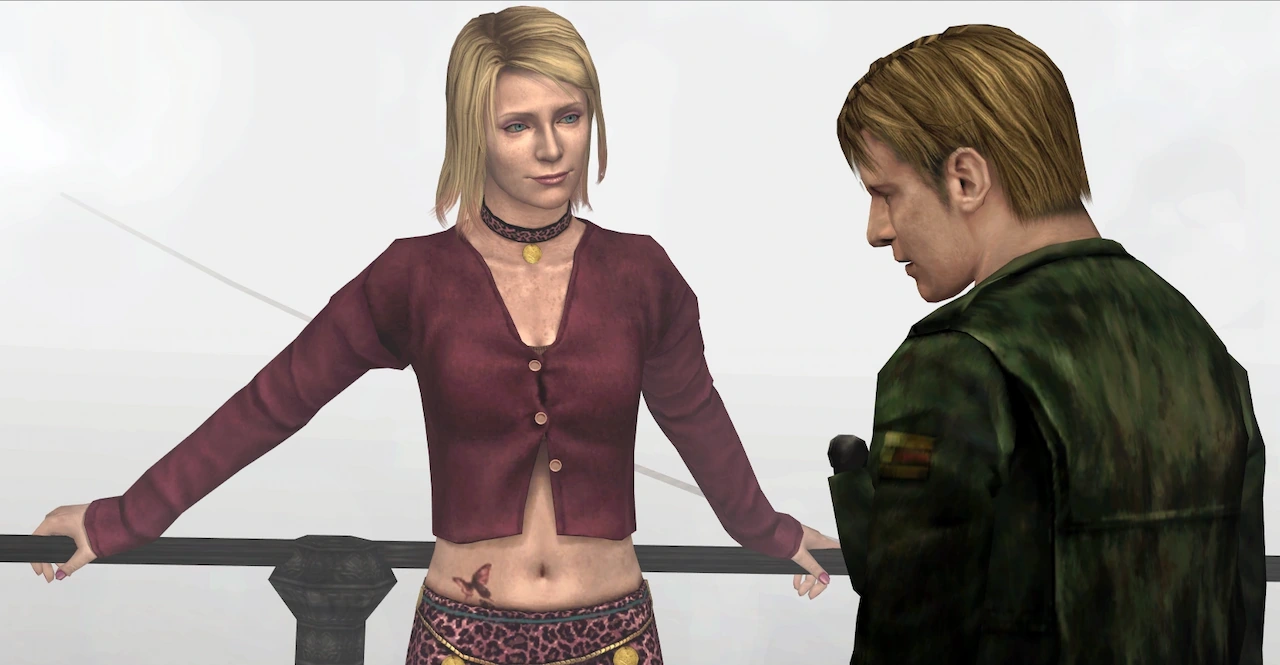
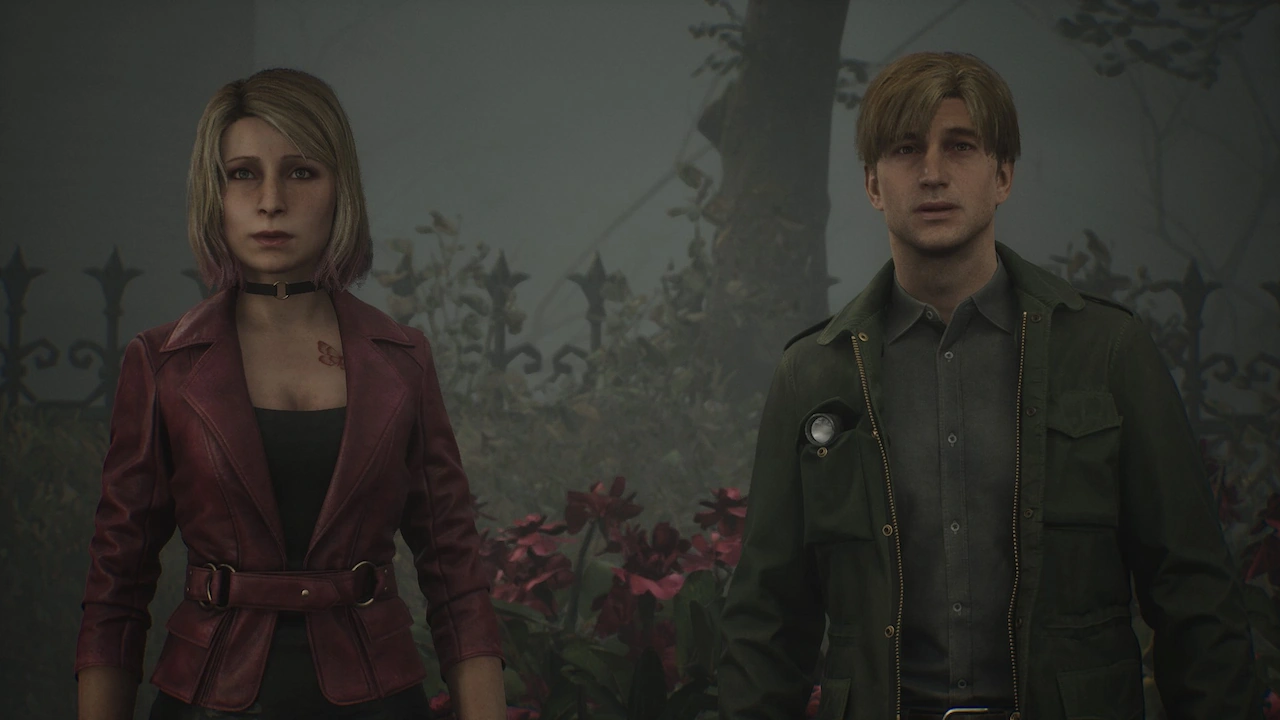
The remake trades tension for restraint.
- Silent Hill 2 (2024) altered Maria’s design to soften her provocative edge. This weakened the psychological tension that defined the original and compromised its preservation.
Changes like these, often driven by fear of backlash or platform policies, distort the creators’ vision and compromise the legacy of games that defined their genres. Preserving that essence is vital, especially since many original creators are no longer around to protect it.
A Second Chance, Not a Rewrite
Remakes should be rare opportunities to revisit the past with fresh eyes, not erase it. When done right, they elevate the original, as Resident Evil (2002) and Shadow of the Colossus (2018) demonstrate. Publishers should involve original developers, prioritize fidelity to intent, and treat preservation as a responsibility rather than an afterthought.
Archival releases of original games alongside remakes would help, giving fans access to both versions and ensuring history is preserved even as new audiences experience these classics. Fans deserve remakes that honor the games they love, not watered-down versions chasing trends or playing it safe.
Final Thoughts
Ultimately, remakes should honor the vision and spirit of the originals. When handled with care, respecting story, design, and tone, as demonstrated by Capcom’s 2002 Resident Evil and 2018’s Shadow of the Colossus, remakes can bridge generations, preserve gaming history, and even improve on what once held them back.
Anything less risks losing not just a game, but its legacy.


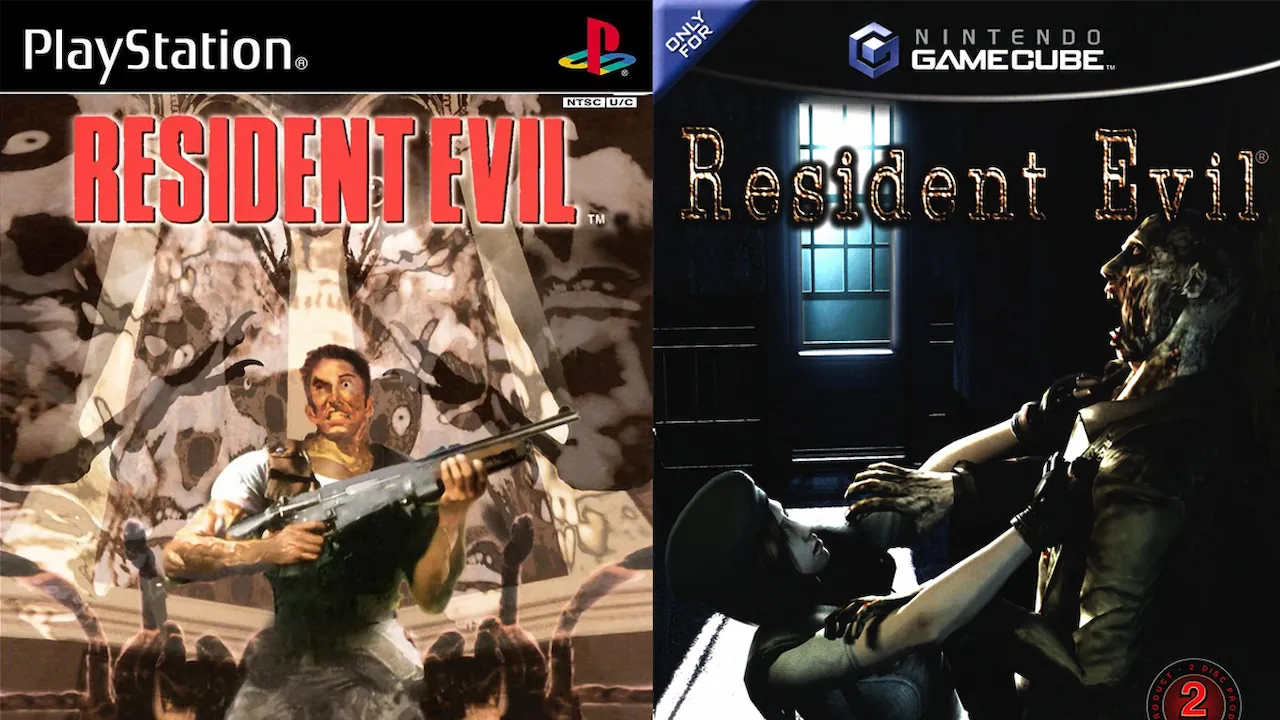
Leave a Reply